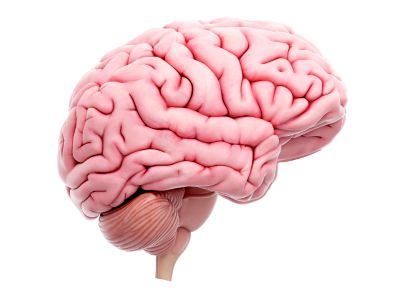Are categories a hindrance to good root cause analysis?

Unconstrained Thinking

Some people seem to think that the only way to arrive at a root cause (or root causes) for an accident is to do original thinking for each investigation and not rely on pre-defined categories.
They believe you should start by developing and testing all the possible cause-and-effect relationships that could have caused the accident. Then, you validate the one true chain of cause-and-effect that caused the accident in question by using the evidence that you have collected. This provides you with the answers to prevent future accidents by breaking the cause-and-effect chain.
Many people with this view of problem-solving complain that any system with “categories” limits investigators to a pre-defined view of the world and, therefore, causes “less good” root cause analysis than their “unconstrained” view of the world.
Thus, people with this belief often break root cause analysis into two types of systems:
1) Systems with categories and
2) Systems without categories.
All Thought is Categorical

However, I believe ALL systems have categories, and all thoughts are categorical.
The difference is that there are:
1) Systems with well-thought-out, well-defined categories, and
2) Systems with categories that aren’t well explained/defined, and the categories are carried around in the user’s brain in the form of language, experience, and categorized knowledge.
When it comes right down to it, human beings are CATEGORICAL thinkers.
Seldom do we think in the abstract. When we do, it is so difficult.
We start recognizing categories as soon as we start learning. Things like “hot” and “cold.” We eventually learn a language that uses defined (categorized) words to communicate. We even write books of common definitions (dictionaries) to communicate more accurately – standardized definitions.
Humans develop mental models of how things work (the red light means to stop, or a computer mouse should operate in a certain way). Thus, without language and categories, communication, thought, and life become very difficult.
Categorical vs. Non-Categorical – Which is Better?
By the way, in my experience, most investigators who use a “non-categorical” system and who brag about their thinking not being constrained by categories actually have a SMALLER number of categories in their brains that they choose from when investigating and finding root causes. A smaller number of categories than investigators who use TapRooT® Root Cause Analysis.
And being an “experienced” investigator doesn’t necessarily mean your number of categories is bigger. Some people just become more convinced that their favorite causes (categories) are really the root causes of all the world’s problems.
To measure your number of categories, look at the variety (by category) of your corrective actions. Some people have as few as three categories for all human error! (They usually have a few more for equipment failures.)
One more proof of my point is that when people divide root cause systems into two types (categorical and non-categorical), they are CATEGORIZING!
Which Root Cause System is the Best?
Philosophical discussions can be fun, but the real question that you should be asked is:
“Which root cause system is the best for helping real people
solve real problems by finding answers (corrective actions)
that improve performance?”
Using TapRooT® RCA puts an end to this debate. The proof is in the pudding!

See how TapRooT® Root Cause Analysis works by reading THIS WHITE PAPER.
Then, see examples of Success Stories when applying TapRooT® Root Cause Analysis by CLICKING HERE.
If you want to learn more, register for one of our public TapRooT® Root Cause Analysis Courses. See the upcoming schedule HERE.
This article was updated from its original post in 2006. I hope you enjoyed it.



